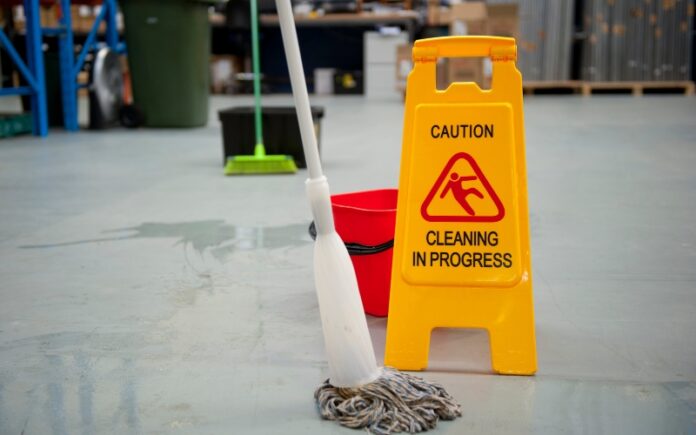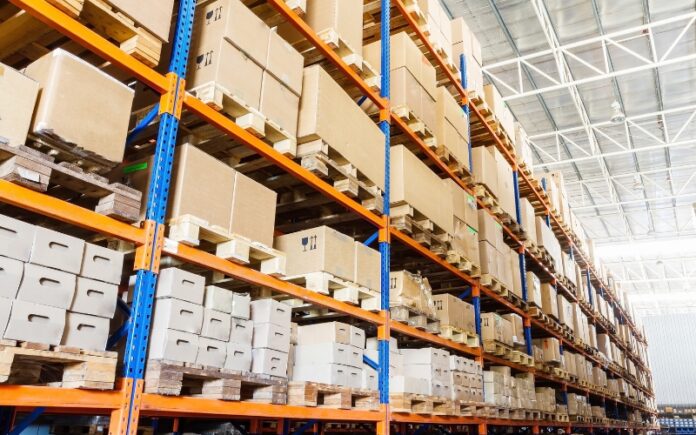Increasing organization in the warehouse has many benefits to your company: it can lead to higher productivity, employee satisfaction, and increased ROI’s.
While it may seem like a daunting task, organizing your warehouse layout and operations can and should be done one step at a time. Starting small here is key, where these changes will not only motivate you to make bigger changes, but chances are they will create a ripple effect, positively impacting routines and processes overall.
If you start small, you also ensure you overlook nothing and make appropriate and efficient changes.
There are numerous points that can be applied to the organization of a warehouse. Ultimately, they can be placed under 3 categories:
- Inventory management and organization
- Maintaining clean workspaces
- Warehouse layout
It can be a good idea to tackle each point one at a time in a manner or priority that makes sense for you and the business. You will likely know which issue will need to be completed with urgency and which can wait.
Methods you can implement to create an organizational overhaul in your warehouse
Without further ado, here are some tips that you can integrate into your warehouse haul over.
Inventory management and organization
Label inventory and organize it according to the product. Whether the inventory you hold is small is size, large, or anything in between, labeling is the key to ease of processes instead of chaos.
Classifying your inventory will also support your move to efficiency and organization. Placing your inventory according to its turnover time will boost the accessibility of the highest-demand products and keep things moving.
Go ergonomic with your workspace storage by automating it. Introducing Automated Mobile Robots, or AMR robotics, can take care of identifying and collecting stock and conducting inventory accounts stress-free and with higher precision than humans. This will also leave your staff more time to handle tasks with higher complexity and prevent potential injuries.
Cycle counting is a potentially annoying task, yet necessary to avoid time-consuming and oftentimes overwhelming year-end inventory counts. Implementing a monthly to quarterly count process will help to keep an eye on overhead and maintain inventory levels that make sense for demand.
Maintaining clean workspaces
Keep a schedule and host staff training for organization maintenance. This is particularly important to initiate shortly after you have completed the initial organization processes. Training on organization fundamentals and informing your staff how to maintain this will help to keep things running in smooth conditions and can help to boost team morale.
Building up on the last step, once the initial staff training process has been completed, create a cleaning checklist for your staff to complete at the end of each shift. Having a checklist will not only help to keep your warehouse in optimal condition but can also help to identify any potential spillage or other hazards which can save both time and money in the long run.
Make sure that there is enough space in-between the aisles for used machinery and products that will be passing through. This includes forklifts and AMRs. Ideally, you will have room for machinery and one or two other people. This will reduce congestion in the aisles and allow for overall workflow efficiency.
Keeping a maintenance schedule is a great way to start your journey in keeping on top of cleaning processes in the workplace. There are so many benefits to doing this which include reducing machine downtime or eliminating it all together.
Also, if a fault or error in machinery is noticed in time, it can prevent issues in the future. This can save your business both time and money.
Warehouse layout
Organising your floor plan has everything to do with success. Now, if you are a well-established business don’t panic. There is no need for a total overhaul and shift of inventory. It is, however, a good idea to look and see what could be moved around for greater convenience and accessibility depending on turnover rates.
Safety and efficiency are the top values to look at here, where you can create a set-up as per the flow of operations.
For example, you can create warehouse zones for receiving, shipping, and storage. Speaking to your staff and getting their input about where ideal locations are for inventory can help to give a clear idea on where these zones should be placed.
Creating clear signage is a sure way to make sure that workflow processes are kept in place over time. This can not only help keep things in place, but act as a guide or signpost for new and temporary employees that are still learning about the way things run.
One path to quick problem-solving and issue prevention is to look at your storage allowance in cubic feet. Once you know which dimension’s fit in each space, your planning will go a lot smoother. You will be able to plan the movement of inventory and machinery around in advance and issue these plans for your employees to action.
Form a clear map of any potential hazard sites. This can include issues such as spillage, maximum weight and height allowances, and machinery complications. This will inform your staff in advance of potential issues and so decreasing the chance of injury.
It can also be a good idea to list mitigation procedures under or nearby this signage for immediate instruction on how to resolve or prevent any further issues.
Conclusion
Providing a workspace that is well organized has so many advantages to it. Chances of injury can be minimized significantly, workflows will become more efficient, and ROI can go up as a result.
It’s understandable that a feeling of overwhelm may happen when planning an organizational overhaul in a warehouse. The main thing to remember when beginning this transition is to start small. Choose a couple of simple steps, to begin with and from there you can build up on additional processes.
Happy organizing!













